On Earth, only living things make dimethyl sulfide molecules. NASA’s James Webb Space Telescope just found hints of it in another world.
Get the latest international news and world events from around the world.
Black Holes ‘Burp’ Years After Shredding Stars, And We Don’t Know Why
For a few hours after a star smashes into a supermassive black hole, some of the brightest light in the Universe is produced.
The subsequent flash of radio waves were thought to simmer down within weeks or months of a collision. It turns out we might have been a little impatient to turn our gaze elsewhere.
An international team of astrophysicists has witnessed radio waves bursting from material surrounding an assortment of supermassive black holes hundreds of days after they ripped apart a star, suggesting many collisions could be responsible for a serious case of cosmic indigestion.
4 Reasons Why Becoming a Type 2 Civilization Is a Bad Idea
The year one hundred two thousand twenty-three. A giant meteorite the size of Pluto is approaching the Solar System. It flies straight to Earth. But as the meteorite crosses Saturn’s orbit, a swarm of miner probes approaches it. The scan revealed no minerals on the object, so the searches returned with nothing.
Meanwhile, the Space Security Center in Alaska military personnel are setting up a laser. The Solar System witnesses a sudden flare and nothing remains of the dwarf-sized meteorite. Now, unless hydrogen miners on Jupiter post videos of another annihilation on social media… This is what the world will look like when humanity finally becomes a Type Two civilization on the Kardashev scale. We’ll have almost infinite energy reserves, the ability to prepare for interstellar flights, or to instantly destroy any threat. But will humanity really be safe? And what can ruin a Type Two civilization?
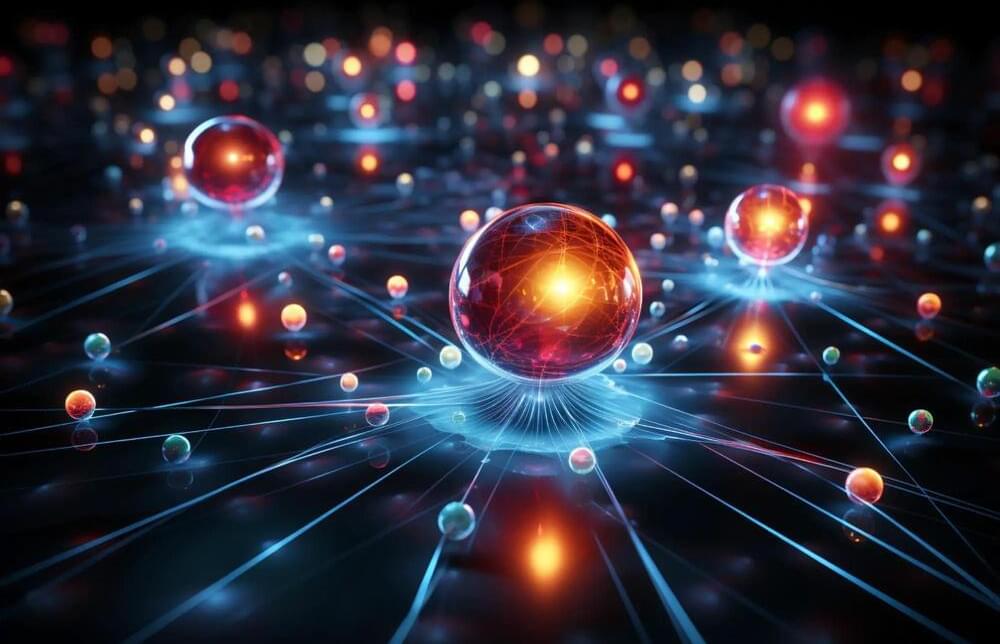
Laser Precision Qubit Control: Leap in Reliable Quantum Information Processing
Using laser light, researchers have innovated a precise method to control individual barium qubits, advancing prospects for quantum computing.
Researchers have pioneered a groundbreaking technique utilizing laser light to control individual qubits made of barium more robustly than any other method currently known. Reliably controlling qubits is a critical step towards actualizing functional quantum computers of the future.
Developed at the university of waterloo.
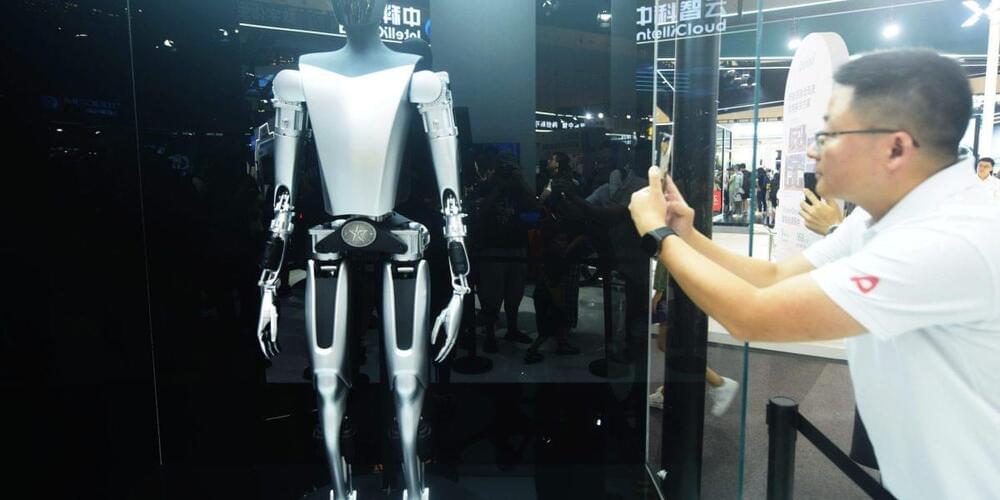
Tesla’s market value could surge by $500bn because of Dojo supercomputer
Morgan Stanley says Tesla stock may surge by $500 billion because of it’s Dojo Supercomputer, in lieu of robotaxis and network services.
Dojo can open up “new addressable markets,” just like AWS did for Amazon.com Inc., analysts led by Adam Jonas wrote in a note, upgrading the stock to overweight from equal-weight and raising its 12-month price target to a Street-high $400 per share from $250.
Shares of Tesla, which have already more than doubled this year, rose as much as 6.1% in US premarket trading Monday. The stock was on track to add about $46 billion in market value. Morgan Stanley is one of Musk’s key advisory firms, including on the $44 billion takeover of Twitter Inc., now known as X.
The supercomputer, designed to handle massive amounts of data in training driving systems, may put Tesla at “an asymmetric advantage” in a market potentially worth $10 trillion, said Jonas, and could make software and services the biggest value driver for Tesla from here onward.
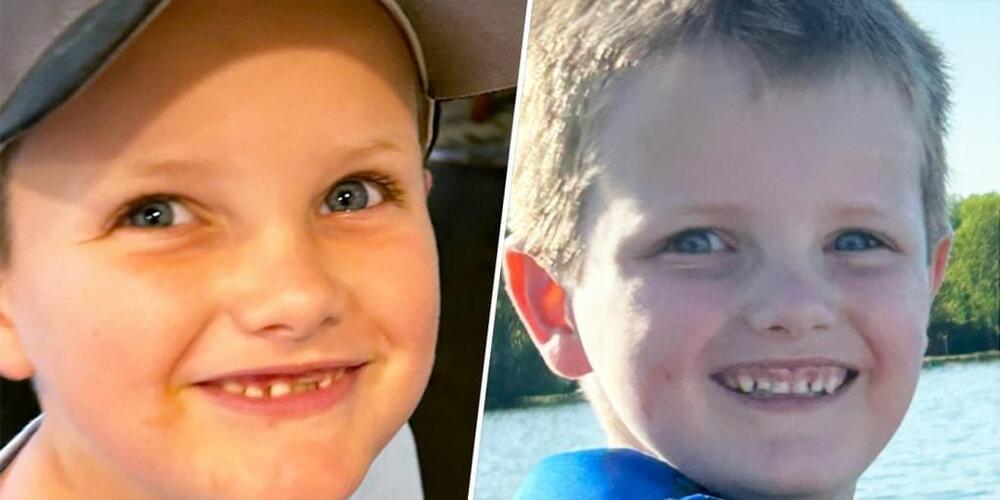
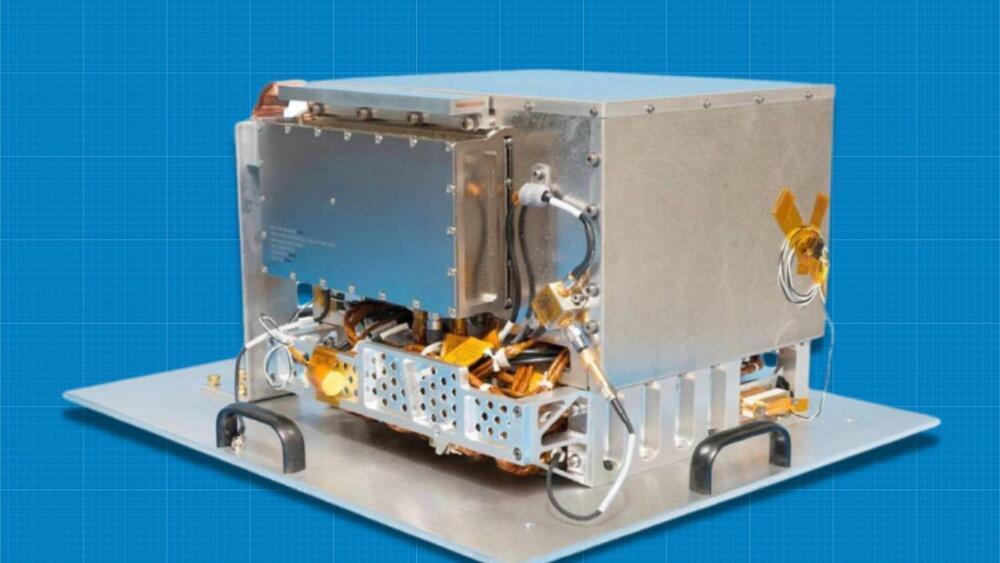
A New “Atomic Clock” Transforms Deep Space Exploration
Space probes that have been launched from Earth currently cannot self-determine their locations in space. To know where they are, they first need to receive signals from Earth which they then bounce back. The signals are then received back on Earth and specially designed clocks then compute the time taken for the signals to travel back. Based on the calculated time, the location of the probe is determined and then communicated back to the probe.
AI now lets you have real conversations with NPCs in video games
Future video games could feature a near-infinite number of possible storylines.
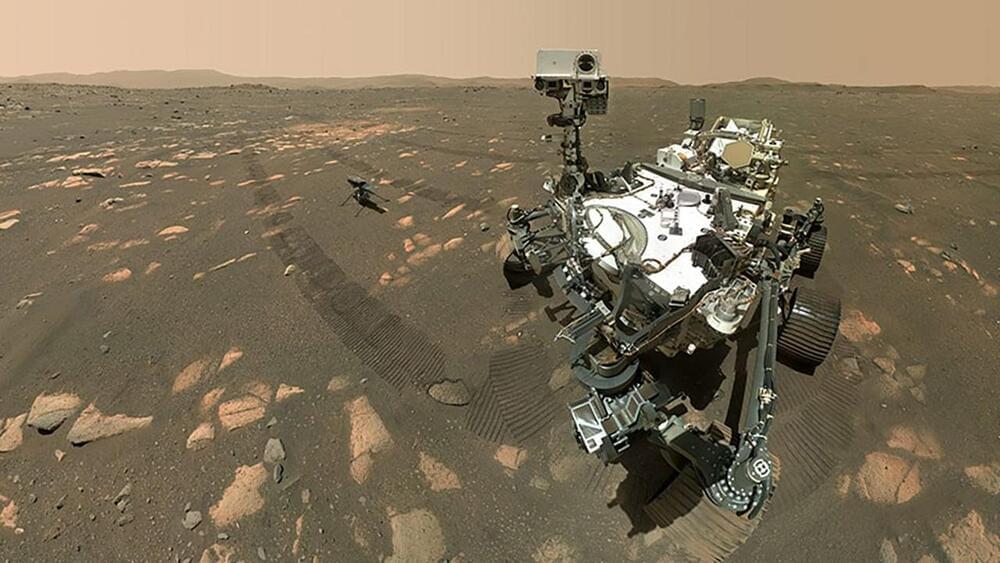
NASA Rover Makes Enough Breathable Oxygen on Mars to Sustain a Dog for 10 Hours
NASA’s Perseverance rover has successfully completed an experiment designed to create oxygen on Mars, using a technique that could one day provide astronauts with breathable air, and be used as a key ingredient in rocket fuel for a return journey home.
Humanity is looking to expand deeper into the solar system, first by establishing a permanent base on the Moon, before finally placing human boots on Mars for the first time in our species’ short history. For this to be a reality, both NASA and its partners need to develop new technologies that will make use of the natural resources of those distant worlds to ensure that future missions are as self reliant as possible.
One major problem faced by astronauts visiting Mars is ensuring they have a ready supply of breathable air. Oxygen on Earth is relatively abundant, making up roughly 21 percent of our planet’s atmosphere. However, the gasseous shell enveloping Mars is composed of less than one percent oxygen, and 96 percent carbon dioxide, with nitrogen, argon, and other myriad trace gases making up the remainder.

Weight Loss Surgery Found to Reduce Risk of Obesity-Related Cancers
Obesity, characterized as an abnormally high, unhealthy amount of body fat, has become a common disease throughout the United States. Individuals with obesity often develop a variety of other health conditions, known as comorbidities, such as heart disease, high blood pressure, diabetes, and arthritis.
Obese individuals also remain at an elevated risk of some types of cancer. The risk of developing specific subtypes of breast (particularly in postmenopausal women), colorectal, endometrial, esophageal, kidney, pancreatic, and gallbladder cancers increases with obesity.
Recent medical and technological advances have led to surgical procedures that can result in significant weight loss. Bariatric surgery promotes weight loss by surgically altering the body’s digestive processes. Various types of bariatric surgery focus on different components of the digestive system. Some procedures surgically reduce the stomach size so the patient will feel full sooner and may eat less. Other strategies target the small intestine, altering how the body absorbs food and nutrients.